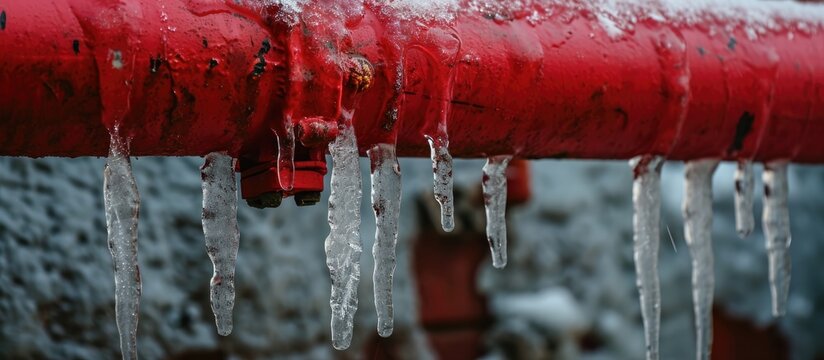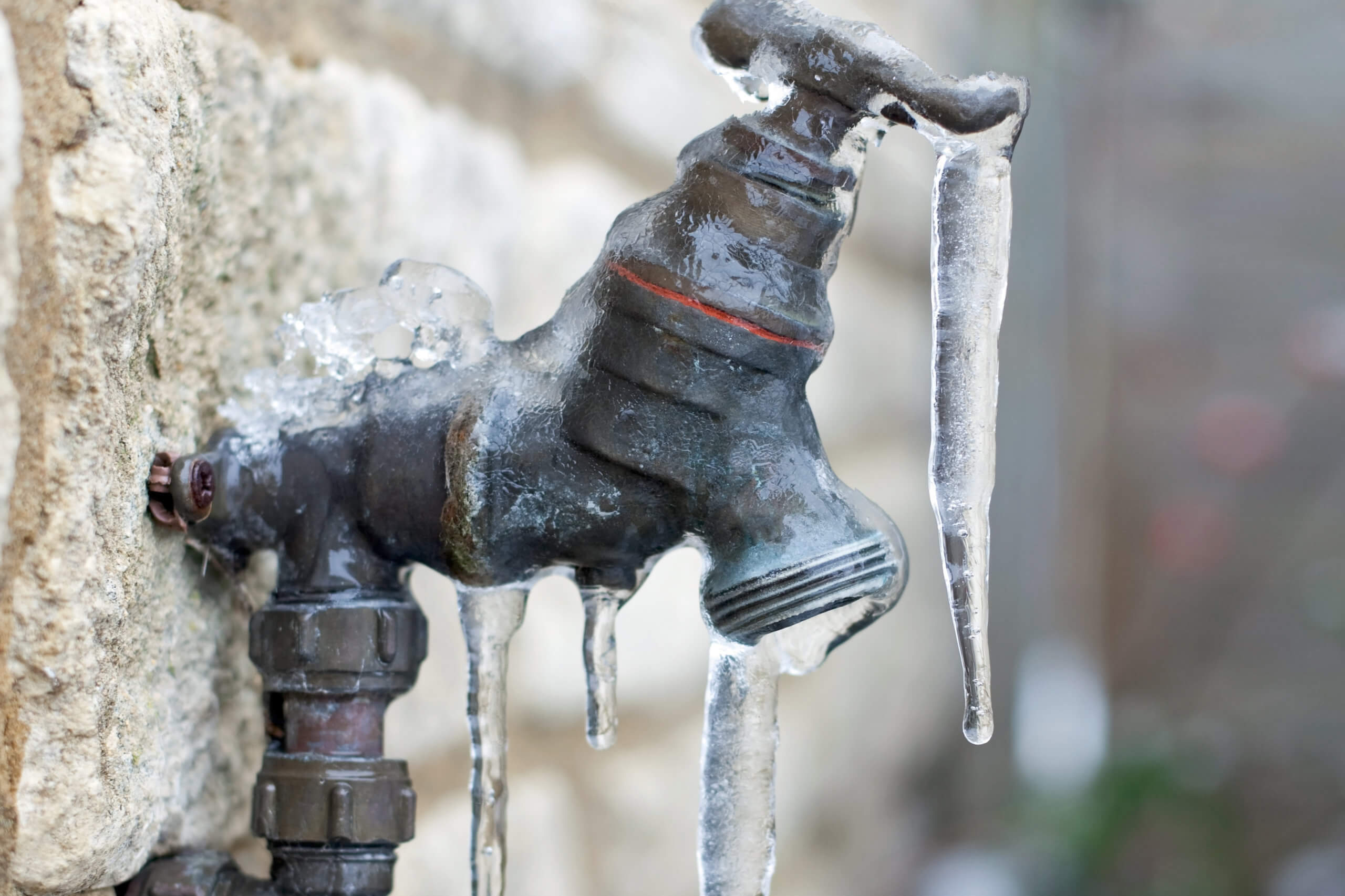This article further down relating to How to prepare your home plumbing for winter weather is definitely engaging. Don't overlook it.

Cold weather can ruin your plumbing, especially by freezing pipes. Below's just how to prevent it from taking place and what to do if it does.
Introduction
As temperatures decline, the risk of frozen pipelines increases, possibly leading to expensive fixings and water damages. Recognizing exactly how to prevent frozen pipelines is critical for homeowners in cold environments.
Avoidance Tips
Insulating prone pipelines
Cover pipelines in insulation sleeves or utilize warm tape to secure them from freezing temperatures. Focus on pipes in unheated or exterior locations of the home.
Heating methods
Maintain indoor spaces properly warmed, specifically areas with pipes. Open up cabinet doors to allow warm air to circulate around pipes under sinks.
Exactly how to recognize frozen pipes
Seek decreased water flow from faucets, unusual odors or noises from pipelines, and visible frost on exposed pipelines.
Long-Term Solutions
Architectural adjustments
Take into consideration rerouting pipelines away from outside walls or unheated areas. Add additional insulation to attics, basements, and crawl spaces.
Upgrading insulation
Invest in high-quality insulation for pipes, attic rooms, and wall surfaces. Correct insulation aids maintain regular temperatures and minimizes the threat of icy pipelines.
Protecting Exterior Plumbing
Garden hoses and outdoor faucets
Detach and drain garden hoses before winter season. Set up frost-proof spigots or cover outside taps with shielded caps.
Recognizing Icy Pipes
What triggers pipes to ice up?
Pipelines freeze when revealed to temperature levels below 32 ° F (0 ° C) for expanded periods. As water inside the pipelines ices up, it expands, taxing the pipeline walls and potentially creating them to burst.
Threats and problems
Frozen pipelines can result in water system interruptions, home damage, and expensive repairs. Burst pipelines can flood homes and create substantial structural damages.
Indicators of Frozen Pipes
Determining icy pipes early can avoid them from breaking.
What to Do If Your Pipes Freeze
Immediate actions to take
If you believe icy pipelines, maintain taps available to soothe stress as the ice thaws. Use a hairdryer or towels taken in hot water to thaw pipes slowly.
Final thought
Protecting against icy pipes calls for aggressive actions and fast responses. By comprehending the causes, signs, and preventive measures, house owners can protect their pipes throughout winter.
5 Ways to Prevent Frozen Pipes
Drain Outdoor Faucets and Disconnect Hoses
First, close the shut-off valve that controls the flow of water in the pipe to your outdoor faucet. Then, head outside to disconnect and drain your hose and open the outdoor faucet to allow the water to completely drain out of the line. Turn off the faucet when done. Finally, head back to the shut-off valve and drain the remaining water inside the pipe into a bucket or container. Additionally, if you have a home irrigation system, you should consider hiring an expert to clear the system of water each year.
Insulate Pipes
One of the best and most cost-effective methods for preventing frozen water pipes is to wrap your pipes with insulation. This is especially important for areas in your home that aren’t exposed to heat, such as an attic. We suggest using foam sleeves, which can typically be found at your local hardware store.
Keep Heat Running at 65
Your pipes are located inside your walls, and the temperature there is much colder than the rest of the house. To prevent your pipes from freezing, The Insurance Information Institute suggests that you keep your home heated to at least 65 degrees, even when traveling. You may want to invest in smart devices that can keep an eye on the temperature in your home while you’re away.
Leave Water Dripping
Moving water — even a small trickle — can prevent ice from forming inside your pipes. When freezing temps are imminent, start a drip of water from all faucets that serve exposed pipes. Leaving a few faucets running will also help relieve pressure inside the pipes and help prevent a rupture if the water inside freezes.
Open Cupboard Doors
Warm your kitchen and bathroom pipes by opening cupboards and vanities. You should also leave your interior doors ajar to help warm air circulate evenly throughout your home.

Do you like reading up on Prevent Frozen Pipes ? Write feedback down below. We would be glad to see your insights about this post. We are looking forward that you come back again in the future. Sharing is nice. One never knows, you may be doing someone a favor. I praise you for your time. Return soon.
Rates